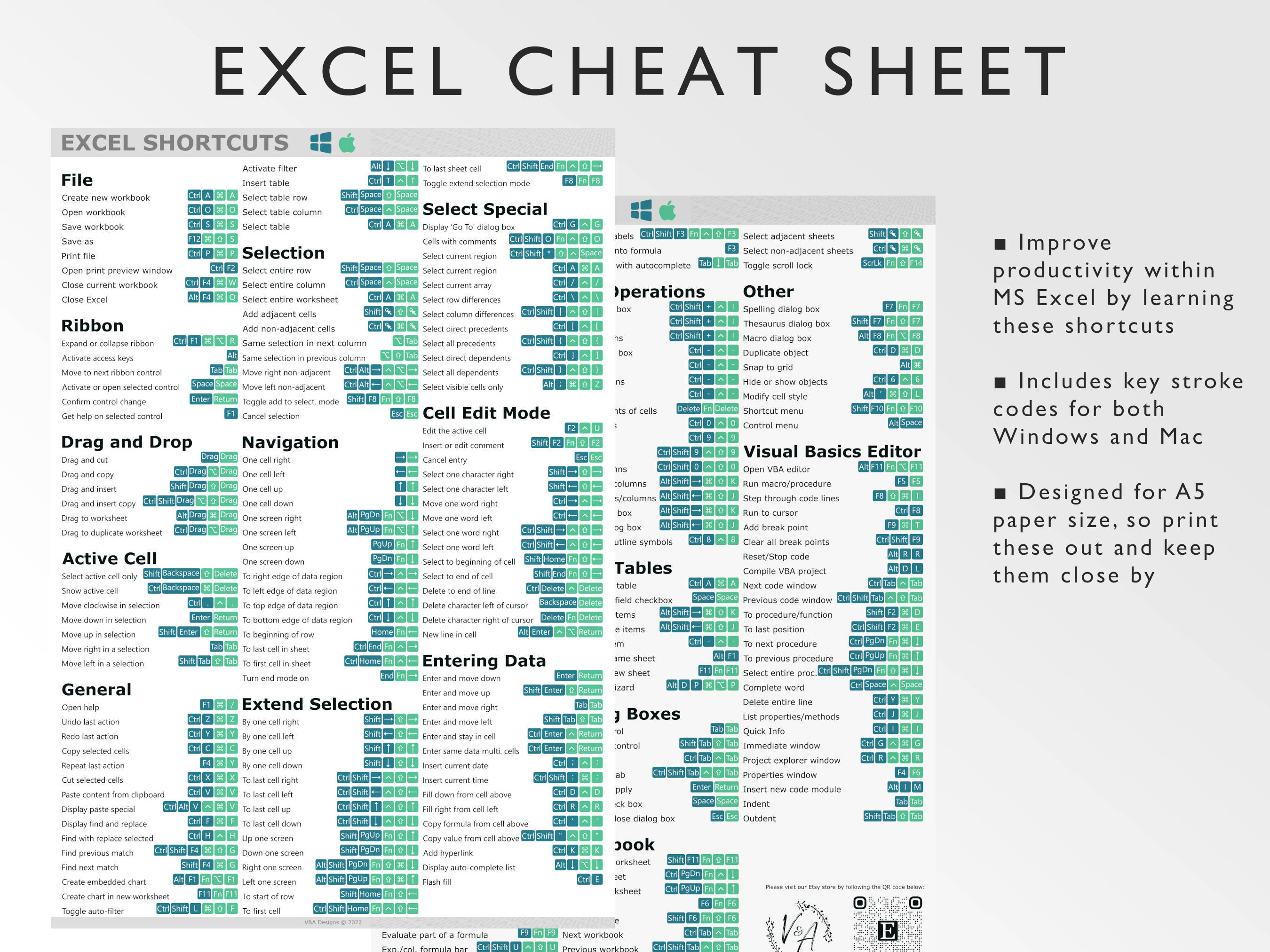Master Excel Sheet Navigation with Keyboard Shortcuts

In today's fast-paced business environment, efficiency is key. For countless professionals, Microsoft Excel is an indispensable tool, used daily for a myriad of tasks ranging from simple data entry to complex data analysis. While many are familiar with Excel's graphical user interface, utilizing the power of keyboard shortcuts can significantly enhance productivity. This guide will delve into mastering Excel navigation with a focus on keyboard shortcuts that every Excel user should know.
Why Keyboard Shortcuts?

Keyboard shortcuts are not just a way to show off to your colleagues; they’re an actual productivity booster. Here are a few reasons why you should start using them:
- Time Saving: Keyboard shortcuts allow you to perform actions much faster than using the mouse or navigating through menus.
- Better Accuracy: With practice, you’ll execute commands without losing your focus on the data, reducing errors that might occur from misclicks.
- Enhanced Control: Shortcuts give you greater control over Excel’s functions, letting you customize your workflow to your preferences.
Navigating the Excel Sheet

Let’s begin with basic navigation, the foundation for mastering Excel:
- Arrow Keys: Use the arrow keys to move one cell in any direction.
CTRL + Arrow Key: Jump to the last row or column with data. This is incredibly useful for large datasets.CTRL + Home: Moves you to cell A1 instantly, perfect for finding your way back to the top-left corner.CTRL + End: This takes you to the last used cell in the sheet.PAGE UPandPAGE DOWN: Scroll through the worksheet vertically.ALT + PAGE UPorALT + PAGE DOWN: Navigate through the tabs of your workbook.
🌟 Note: Remember, the behavior of some shortcuts might differ if you're using a Mac or have Excel on different language settings.
Essential Shortcuts for Data Management

Here are some shortcuts tailored for data entry and management:
CTRL + Cfor Copy andCTRL + Vfor Paste.CTRL + X: Cut the selected content, allowing you to move it.CTRL + Z: Undo your last action; a lifesaver when you've made a mistake.CTRL + D: Fill down. This copies the content of the top cell of a selected range into the cells below.CTRL + R: Fill right. It's similar to fill down but moves the content to the right.F2: Edit the active cell directly. This is especially useful for making quick changes.
| Shortcut | Description |
|---|---|
CTRL + C |
Copy |
CTRL + V |
Paste |
CTRL + X |
Cut |
CTRL + Z |
Undo |

Mastering Workbook Navigation

When dealing with multiple sheets and workbooks, these shortcuts can be your saviors:
CTRL + PAGE UP: Move to the previous sheet.CTRL + PAGE DOWN: Move to the next sheet.CTRL + F6orCTRL + TAB: Cycle through open workbooks.ALT + W, then W: Save the current workbook with the same name.ALT + W, then N: Create a new workbook.
Advanced Excel Navigation Tips

Once you’re comfortable with the basics, these advanced shortcuts will take your Excel skills to the next level:
SHIFT + F6: Go to the previous pane (if you’ve split your window).CTRL + SHIFT + L: Toggle filters on/off for your data list.CTRL + ;: Insert the current date.CTRL + SHIFT + :: Insert the current time.CTRL + F: Open the Find and Replace dialog box to quickly locate data.
🔍 Note: Using CTRL + F with ALT + E will enable you to find and replace formatting as well.
Learning keyboard shortcuts in Excel isn't just about speeding up your work; it's about transforming how you interact with your data. By reducing the reliance on your mouse, you foster a more direct connection with your spreadsheet, allowing for a fluid workflow that can make analysis and reporting tasks more efficient and less error-prone. In your journey to excel in Excel, remember that shortcuts are more than just keystrokes; they are gateways to mastering the tool that many businesses rely on daily. Whether you're a financial analyst, a project manager, or simply someone who wants to manage their personal budget, these shortcuts can revolutionize the way you work with numbers. The key to integrating these shortcuts into your daily work is practice. Start by integrating a few at a time, and as you become more familiar, your muscle memory will kick in, allowing you to navigate Excel's vast array of features with ease. Remember, consistency is key, and with time, these shortcuts will become second nature. As you progress, consider customizing some shortcuts yourself to match your specific needs, and always keep an eye out for new tips and tricks that could further optimize your Excel experience. Keep exploring, keep learning, and most importantly, keep mastering Excel with these powerful shortcuts.
What are the most basic navigation shortcuts in Excel?

+
The most basic navigation shortcuts in Excel include arrow keys for moving one cell at a time, CTRL + Arrow Key for jumping to the last row or column with data, CTRL + Home to move to cell A1, and CTRL + End to move to the last used cell.
How can I improve my data entry with Excel shortcuts?

+
To streamline data entry, use shortcuts like CTRL + C to copy, CTRL + V to paste, CTRL + X to cut, F2 for quick editing, and CTRL + D or CTRL + R to fill data down or right, respectively.
What should I do if a shortcut isn’t working?

+
If a shortcut isn’t working, check that you’re using it in the correct context, ensure your Excel version supports the shortcut, and look for any conflicting add-ins or customizations that might have overridden the default behavior.